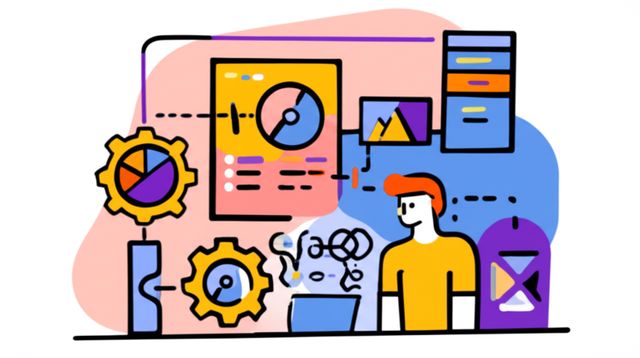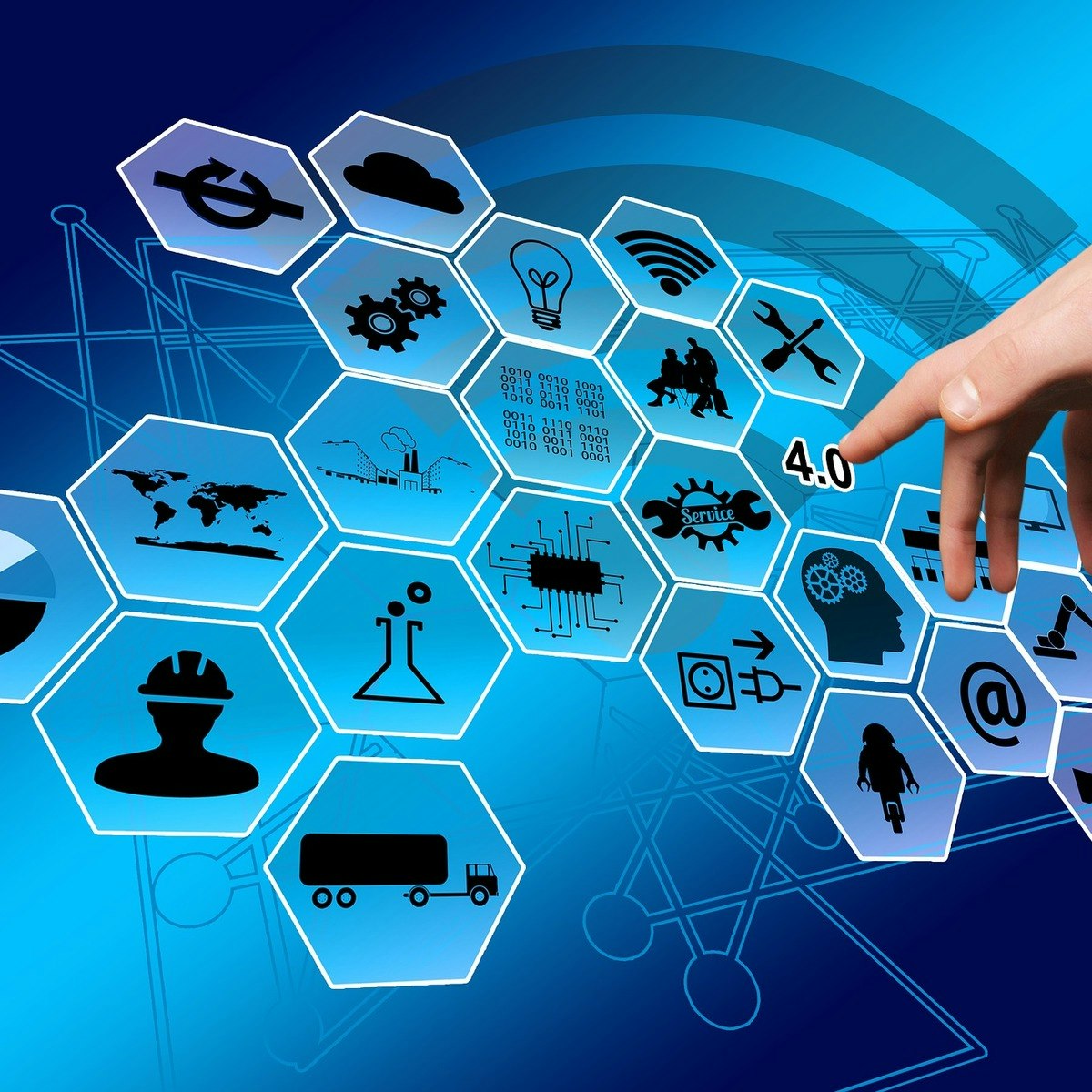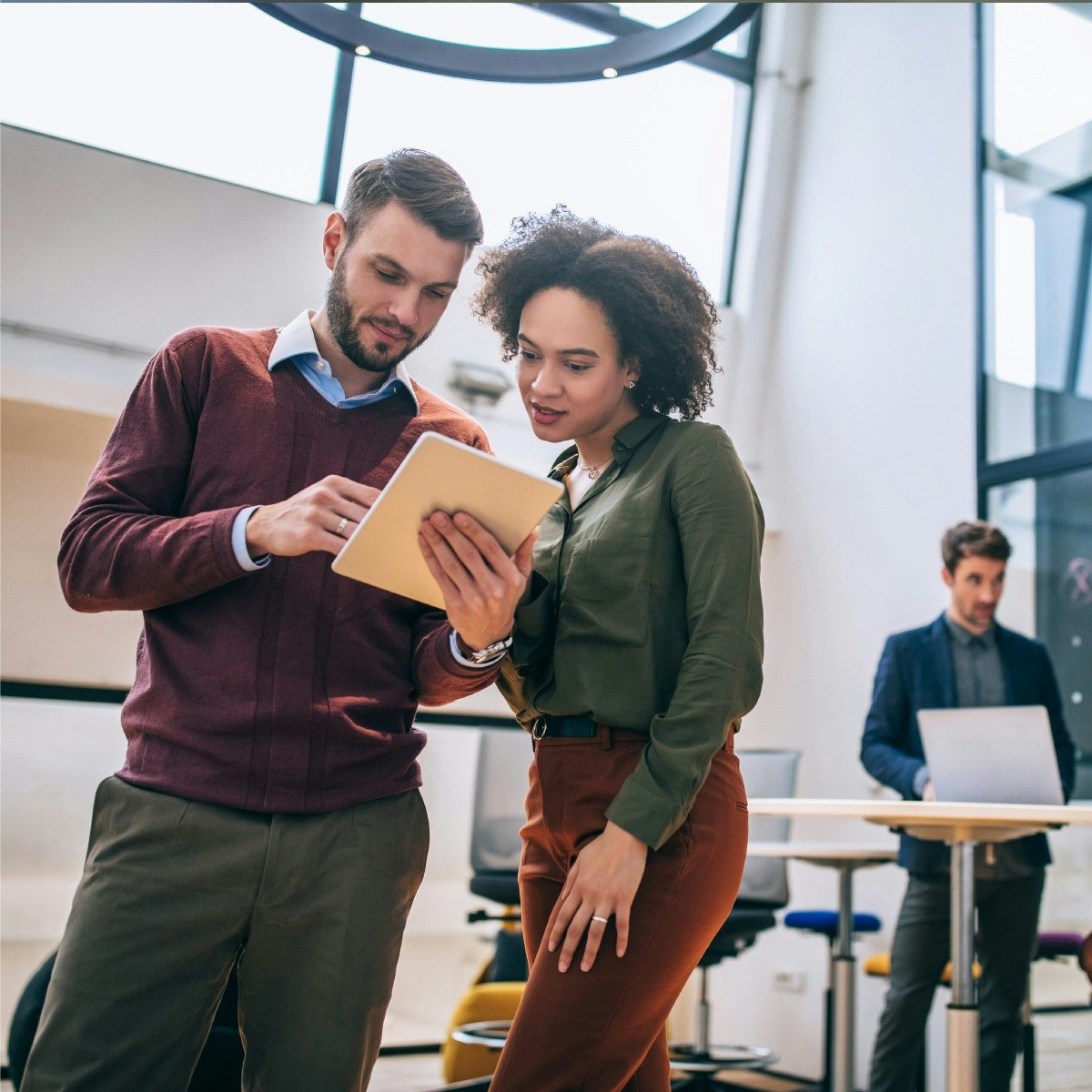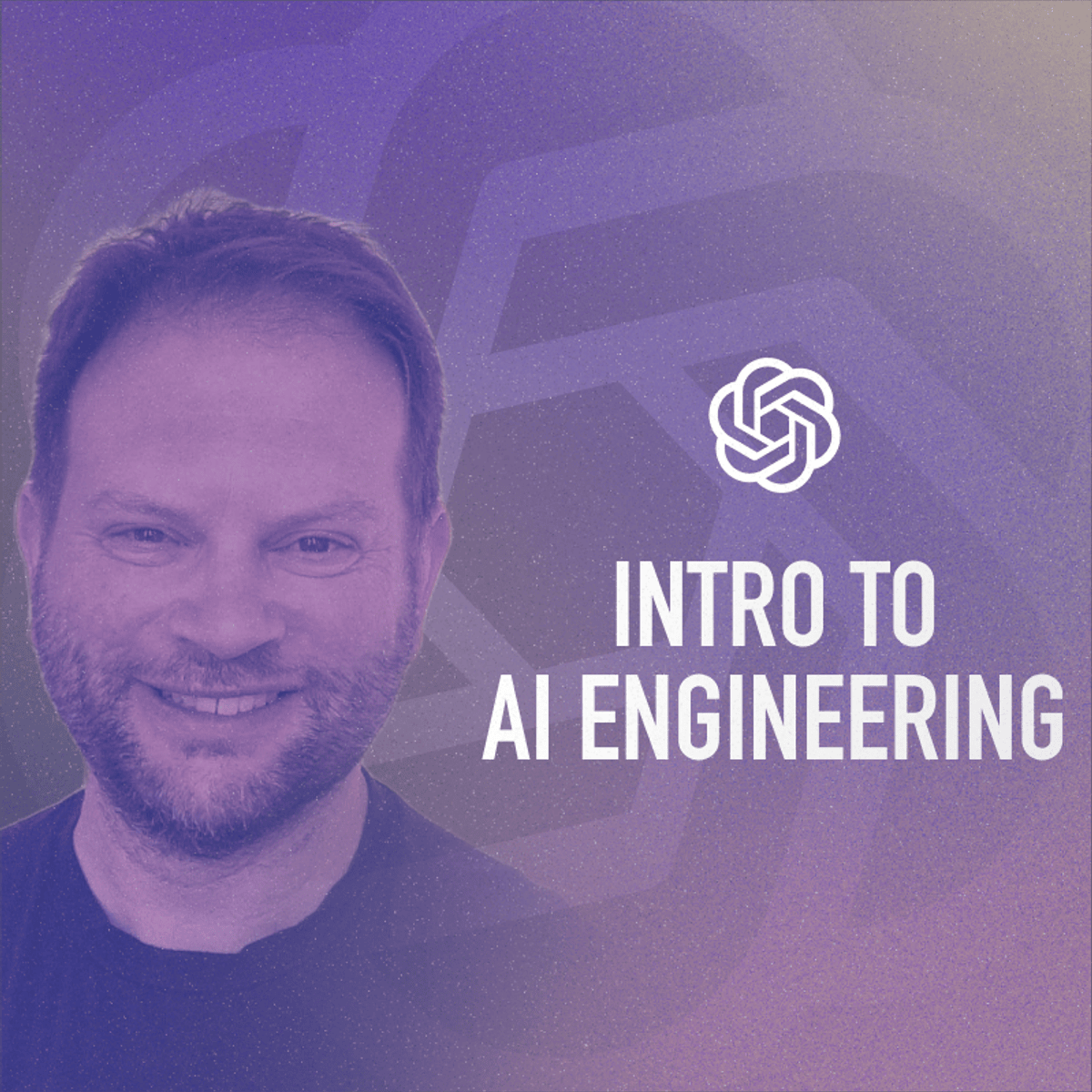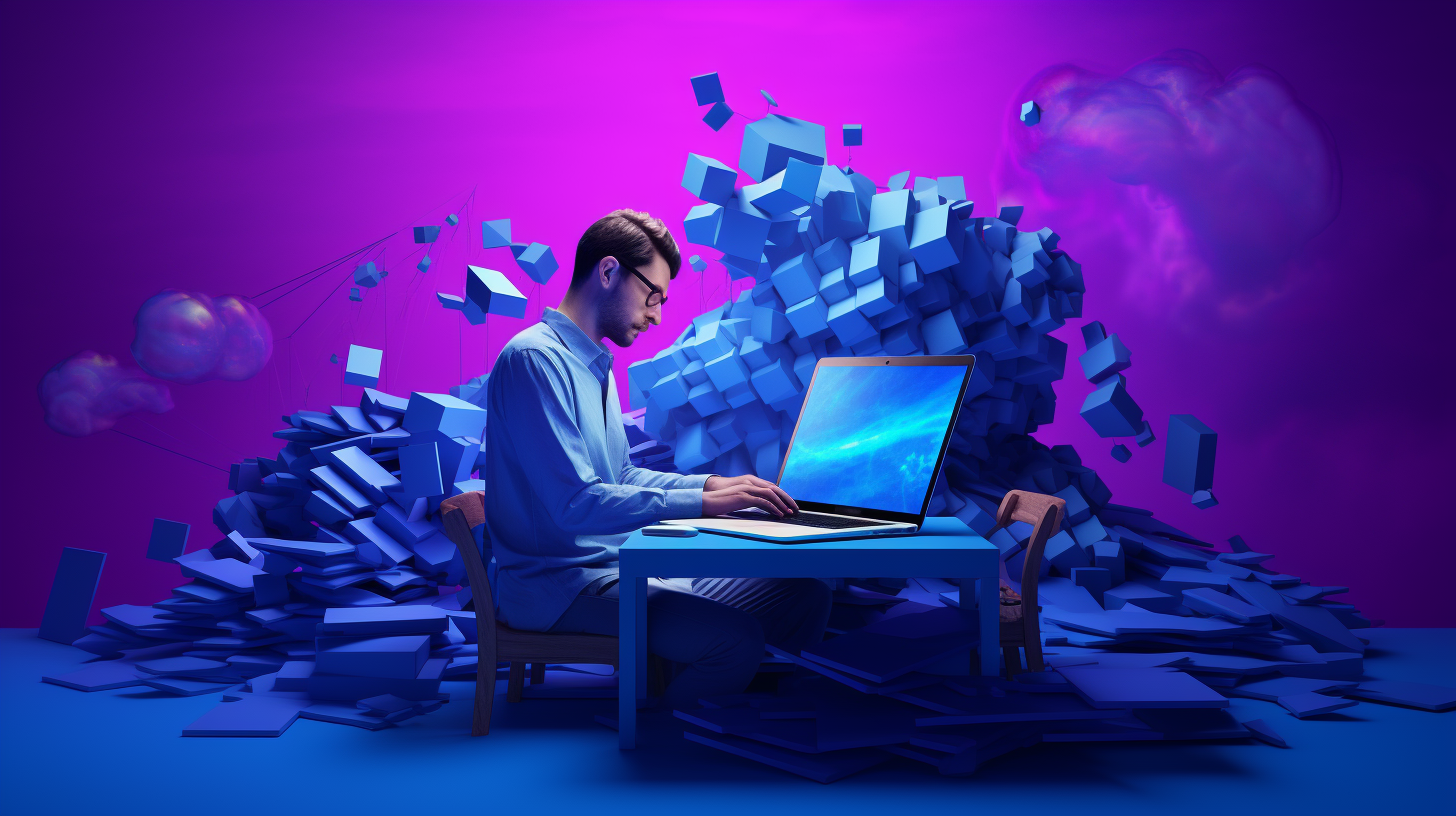Enterprise Architect
Charting the Course: A Career as an Enterprise Architect
An Enterprise Architect (EA) operates at the intersection of business strategy and technological implementation. They are responsible for understanding an organization's goals and designing the overarching structure—the architecture—of its business processes, information systems, and technology infrastructure to support those goals effectively. Think of them as the master planners for a company's operational and technological landscape, ensuring all the complex parts work together cohesively now and can adapt for the future.
Working as an Enterprise Architect can be deeply rewarding. It involves high-level strategic thinking, allowing you to influence the technological direction of an entire organization. You'll grapple with complex challenges, seeking elegant solutions that align technology capabilities with business needs. Furthermore, the role often involves collaborating with diverse stakeholders, from C-suite executives to technical teams, placing you at the center of critical decision-making processes.
This field demands a unique blend of technical depth, business understanding, and communication finesse. While it often represents a senior position achieved after years of experience, understanding the role and its requirements can provide valuable perspective for anyone navigating a career in technology or business strategy. Even exploring the foundational concepts can broaden your understanding of how large organizations operate.
Core Responsibilities of an Enterprise Architect
The duties of an Enterprise Architect are multifaceted, focusing on the holistic alignment of technology with business objectives. They are strategic leaders who ensure that the IT infrastructure supports and enables the organization's vision and operational needs.
Designing Enterprise-Wide Frameworks
A primary responsibility is the creation and maintenance of the enterprise architecture blueprint. This involves defining standards, principles, and models that govern the design and implementation of IT systems across the organization. They analyze the current state of the architecture and develop a target state that aligns with strategic goals.
This design process includes mapping business capabilities to IT resources, identifying redundancies, and planning for future technological needs. Architects evaluate new technologies and determine how they can be integrated into the existing landscape to improve efficiency, performance, or competitive advantage. They ensure the architecture is scalable, resilient, and secure.
Developing these comprehensive frameworks requires a deep understanding of various architectural domains, including business, data, application, and technology architecture. It's about seeing the big picture and ensuring all components fit together logically and efficiently.
These courses offer insights into the architectural thinking required.
Stakeholder Communication and Governance
Enterprise Architects act as crucial liaisons between technical teams and business leadership. They must translate complex technical concepts into understandable terms for non-technical stakeholders and articulate the business value of architectural decisions. Effective communication is key to gaining buy-in and ensuring alignment across departments.
They also establish and oversee architecture governance processes. This involves setting up review boards, defining compliance procedures, and ensuring that IT projects adhere to the established architectural standards and principles. Governance ensures consistency, reduces risk, and maximizes the return on technology investments.
This requires strong negotiation, presentation, and interpersonal skills. Architects often lead discussions, mediate conflicts between different interests, and advocate for the long-term architectural vision.
Communicating architectural decisions effectively often relies on clear diagrams and models.
Understanding modeling languages like ArchiMate is crucial for clear communication.
These books delve into patterns and practices useful for communication and design.
Risk Management and Compliance
Identifying and mitigating risks associated with the IT landscape is another critical function. Enterprise Architects assess the potential impact of technology choices, security vulnerabilities, and operational disruptions. They develop strategies and design solutions to minimize these risks and ensure business continuity.
Compliance with industry regulations, data privacy laws (like GDPR or CCPA), and internal policies is paramount. Architects must ensure that the enterprise architecture supports these requirements. This involves incorporating security best practices, designing for data protection, and ensuring systems can meet audit requirements.
This aspect of the role requires staying current with evolving threats, regulations, and security technologies. Architects often work closely with security and compliance teams to integrate these considerations into the overall architecture design from the outset.
Exploring system resilience and security within enterprise contexts is important.
Essential Skills and Competencies
Success as an Enterprise Architect hinges on a balanced combination of deep technical knowledge, strategic business understanding, and strong interpersonal abilities. It's a role that demands both breadth and depth of expertise.
Technical Skills
A strong foundation in IT is essential. This includes knowledge of infrastructure (servers, networks, storage), operating systems, databases, application development, and middleware. Understanding cloud computing platforms (like AWS, Azure, GCP) and architectures (like microservices, serverless) is increasingly critical.
Familiarity with Enterprise Architecture frameworks like TOGAF (The Open Group Architecture Framework) or Zachman is highly valued, as these provide structured approaches to designing and managing enterprise architecture. Modeling languages such as UML (Unified Modeling Language) or ArchiMate are also important tools for visualizing and communicating architectural designs.
These resources offer foundational knowledge in key technical areas and frameworks.
Soft Skills
Technical expertise alone is insufficient. Enterprise Architects need exceptional communication skills to articulate complex ideas to diverse audiences, build consensus, and influence decision-making. Leadership qualities are crucial for guiding technical teams and driving architectural initiatives.
Negotiation and conflict resolution skills are often required when balancing competing priorities or addressing disagreements between stakeholders. The ability to collaborate effectively across different business units and technical domains is essential for creating holistic solutions.
Furthermore, strong presentation skills help in effectively conveying architectural visions and proposals to executive leadership and project teams. Building relationships and trust across the organization is fundamental to an EA's success.
Developing leadership capabilities is a continuous process.
Analytical and Systems Thinking
Enterprise Architects must possess strong analytical skills to understand complex business problems and evaluate different technological solutions. They need to break down intricate systems into manageable components while maintaining a view of the overall structure and interdependencies.
Systems thinking—the ability to understand how different parts of an organization (people, processes, technology) interact and influence each other—is fundamental. This holistic perspective allows architects to anticipate the broader impacts of architectural changes and design solutions that optimize the entire system, not just individual parts.
Problem-solving is a daily activity, requiring creativity and logical reasoning to address technical challenges and align IT capabilities with strategic objectives. This often involves abstract thinking and the ability to model complex scenarios.
Understanding system design principles is key.
Formal Education Pathways
While practical experience is paramount, a solid educational foundation is typically expected for aspiring Enterprise Architects. Formal education provides the theoretical knowledge and structured thinking necessary for this complex role.
Relevant Degrees
A bachelor's degree in fields like Computer Science, Information Technology, Information Systems, or Software Engineering is a common starting point. These programs provide essential knowledge in programming, databases, networking, and system analysis.
Some EAs also come from business backgrounds, holding degrees in Business Administration or Management Information Systems (MIS), often supplemented with significant technical experience or certifications. This blend can be advantageous in understanding the business context driving technology decisions.
Regardless of the specific degree, a strong academic record demonstrating analytical and problem-solving skills is beneficial. Coursework in areas like systems analysis, database management, software engineering, and project management is particularly relevant.
Exploring foundational topics can start with online courses.
Graduate Programs and Certifications
Advanced degrees, such as a Master's in Information Systems, Enterprise Architecture, or an MBA with a technology focus, can enhance qualifications and provide deeper strategic insights. These programs often cover advanced topics in IT strategy, governance, and management.
Professional certifications are highly regarded in the field and often sought by employers. Certifications like TOGAF® (The Open Group Architecture Framework), Certified Information Systems Security Professional (CISSP), or specific cloud provider certifications (AWS Certified Solutions Architect, Azure Solutions Architect Expert) demonstrate specialized knowledge and commitment to the profession. The Open Group also offers certifications related to specific TOGAF domains and ArchiMate.
Zachman certification, based on the Zachman Framework for Enterprise Architecture, is another respected credential in the industry.
PhD Research Areas
For those interested in pushing the boundaries of the field through research, a PhD can be pursued. Research areas relevant to enterprise architecture include enterprise modeling, architecture frameworks, IT governance, systems integration, cloud computing architectures, big data analytics frameworks, cybersecurity architectures, and the application of AI in enterprise systems.
Doctoral research often involves developing new methodologies, tools, or theoretical models to address complex challenges in designing and managing large-scale enterprise systems. Contributions in this area can influence industry best practices and academic understanding.
Such advanced study requires a deep passion for research and a commitment to contributing new knowledge to the field.
Online Learning and Self-Education
Beyond formal degrees and traditional certifications, online learning offers flexible and accessible pathways to acquire the skills needed for enterprise architecture. The dynamic nature of technology requires continuous learning, and online platforms are invaluable resources for staying current.
For those transitioning from other IT roles or even different fields, online education can be a powerful tool. It allows you to learn at your own pace, focusing on specific knowledge gaps, whether it's mastering cloud platforms, understanding new architectural patterns, or learning specific frameworks like TOGAF.
Role of MOOCs and Online Courses
Massive Open Online Courses (MOOCs) and specialized online courses offered by various platforms provide structured learning on a vast range of topics relevant to EA. You can find courses covering software architecture, cloud solutions, data management, cybersecurity principles, specific technologies (like Kafka or Kubernetes), and architecture frameworks.
These courses often include video lectures, readings, quizzes, and hands-on assignments, allowing for practical skill development. Platforms like OpenCourser aggregate offerings from various providers, making it easier to find relevant courses covering everything from IT & Networking to specific enterprise software.
Building Portfolios and Practical Experience
Theoretical knowledge must be complemented by practical application. Online learning can facilitate this through virtual labs, project-based courses, and simulations. Completing hands-on projects, even on a smaller scale, helps solidify understanding and demonstrates capabilities to potential employers.
Consider contributing to open-source projects, building personal projects that showcase architectural thinking, or participating in online challenges and competitions. Documenting these projects in a portfolio (e.g., on GitHub or a personal website) provides tangible evidence of your skills.
This practical experience is crucial, especially when aiming for a senior role like EA, which demands proven ability to design and implement solutions.
Blending Online Learning with Certifications
Online courses can be an effective way to prepare for industry certifications like TOGAF or cloud architecture certifications. Many platforms offer dedicated preparation courses that cover the exam objectives and include practice tests.
Combining structured online learning with the goal of achieving a recognized certification provides a clear learning path and a valuable credential. This blended approach demonstrates both foundational knowledge and specialized expertise, strengthening your profile for EA roles.
Remember, the journey requires persistence. Online learning offers the tools, but dedication and consistent effort are key to mastering the complex skillset of an Enterprise Architect. Utilize resources like the OpenCourser Learner's Guide to optimize your self-study habits.
Career Path and Progression
The role of Enterprise Architect is typically not an entry-level position. It usually represents a significant step up after accumulating substantial experience in various IT domains. Understanding the typical career trajectory can help aspiring architects plan their development.
From Foundational Roles to Architecture
Many Enterprise Architects begin their careers in technical roles such as software developer, systems administrator, network engineer, or database administrator. Experience in these areas provides a deep understanding of specific technology domains.
Progression often involves moving into roles with broader responsibilities, such as Senior Developer, Tech Lead, IT Manager, or Project Manager. These positions help develop leadership, communication, and project oversight skills.
A common stepping stone is the role of Solution Architect or Technical Architect. These roles focus on designing solutions for specific projects or systems, providing valuable experience in architectural design, technology selection, and stakeholder interaction, but typically with a narrower scope than an EA.
Transitioning to Enterprise Architecture
Making the leap to Enterprise Architect requires broadening one's perspective beyond individual projects or technologies to encompass the entire organization. This involves developing a stronger understanding of business strategy, financial acumen, and enterprise-wide governance.
Actively seeking opportunities to work on cross-functional initiatives, contributing to technology strategy discussions, and demonstrating an understanding of business goals are key. Pursuing relevant certifications (like TOGAF) and potentially advanced education can signal readiness for the role.
Networking with existing EAs and seeking mentorship can provide valuable insights and guidance. The transition demands a proactive approach to skill development, focusing on both technical breadth and strategic business understanding.
Advanced Roles and Leadership
Experienced Enterprise Architects can progress to more senior or specialized architecture roles, such as Chief Architect, Principal Architect, or domain-specific lead architects (e.g., Chief Data Architect, Chief Security Architect).
The strategic nature of the EA role also positions individuals well for executive leadership positions within IT, such as Chief Technology Officer (CTO) or Chief Information Officer (CIO). Their deep understanding of both technology and business makes them valuable candidates for shaping the overall technology direction of the organization.
The career path offers significant growth potential, leading to highly influential roles that bridge the gap between technology execution and business strategy.
Industry Trends Impacting Enterprise Architects
The landscape of enterprise technology is constantly shifting. Enterprise Architects must stay abreast of emerging trends to ensure their strategies remain relevant and effective. Several key trends are currently shaping the role.
Adoption of AI and Machine Learning
Artificial Intelligence (AI) and Machine Learning (ML) are increasingly integrated into business processes and IT systems. EAs need to understand how these technologies work, assess their potential applications within the enterprise, and design architectures that can support AI/ML workloads effectively and ethically.
This includes considerations for data pipelines, computational resources, model deployment, and monitoring. Architects play a role in developing strategies for leveraging AI while managing associated risks, such as data bias and model explainability.
Cloud Migration and Hybrid Environments
The shift to cloud computing continues, but many organizations operate in hybrid environments, blending on-premises infrastructure with public and private clouds. EAs are central to planning and executing cloud migration strategies, selecting appropriate cloud services, and designing architectures that span these complex, distributed environments.
This involves managing challenges related to cost optimization (FinOps), security, integration, and vendor lock-in. Expertise in cloud architecture patterns and multi-cloud strategies is becoming essential.
Cybersecurity Integration
With rising cyber threats, integrating security into the architecture from the ground up ("security by design") is critical. EAs must work closely with security teams to embed security controls, threat modeling, and compliance considerations into all architectural decisions.
This includes designing secure network architectures, implementing identity and access management solutions, ensuring data encryption, and planning for incident response. Understanding frameworks like Zero Trust Architecture and DevSecOps practices is increasingly important.
The goal is to build resilient systems that can withstand and recover from attacks while meeting regulatory requirements.
Ethical Challenges in Enterprise Architecture
As architects design systems that impact employees, customers, and society, they face significant ethical considerations. Technology is not neutral, and architectural choices can have far-reaching consequences.
Data Privacy in System Design
Enterprise systems often handle vast amounts of sensitive personal data. Architects have an ethical obligation to design systems that protect this data and comply with privacy regulations like GDPR. This involves implementing privacy-enhancing technologies, designing robust access controls, and ensuring data minimization principles are followed.
Transparency about data usage and providing individuals with control over their information are key ethical considerations. Architects must balance business needs for data with the fundamental right to privacy.
Architects need to ensure that privacy is a core consideration throughout the system design lifecycle, not an afterthought.
Sustainability Considerations
IT infrastructure consumes significant energy resources. Enterprise Architects are increasingly expected to consider the environmental impact of their designs. This includes optimizing for energy efficiency in data centers, selecting sustainable cloud providers, and designing applications to minimize resource consumption.
The concept of "Green IT" involves making environmentally responsible choices regarding hardware procurement, usage patterns, and end-of-life disposal. Architects can influence organizational sustainability goals through mindful technology selection and architectural patterns.
Balancing performance, cost, and environmental impact requires careful consideration and trade-offs within the architectural design process.
Bias in AI-Driven Architectures
As AI becomes more prevalent, the risk of embedding and amplifying societal biases in automated systems increases. Architects designing AI-integrated systems must be aware of potential sources of bias in data and algorithms and strive to mitigate them.
This involves promoting fairness, accountability, and transparency in AI systems. It requires careful consideration of training data, model validation techniques, and ongoing monitoring to detect and correct biased outcomes.
Ensuring AI systems are used responsibly and ethically is a critical challenge for architects shaping the future of enterprise technology.
Global Demand and Market Outlook
The demand for skilled Enterprise Architects remains strong globally, driven by ongoing digital transformation initiatives across industries. Organizations recognize the need for strategic technology leadership to navigate complexity and leverage IT for competitive advantage.
Geographic and Industry Variations
Compensation and demand for EAs can vary significantly based on geographic location, industry sector, and company size. Major metropolitan areas and technology hubs typically offer higher salaries due to greater competition for talent. Industries like finance, healthcare, and technology often have a particularly high demand for experienced architects due to complex regulatory environments and reliance on sophisticated IT systems.
Researching salary data on platforms specializing in technology compensation and consulting reports from firms like Gartner or Forrester can provide insights into specific market conditions. However, remember that reported salaries are averages and individual compensation depends heavily on experience, skills, and negotiation.
The need for architectural thinking transcends specific industries, making it a broadly applicable skillset.
Impact of Economic Cycles
Like many senior roles, the demand for Enterprise Architects can be influenced by economic cycles. During periods of growth, companies invest heavily in new technologies and strategic initiatives, boosting demand. In downturns, focus might shift towards cost optimization and efficiency, which still requires architectural expertise but may affect hiring rates.
However, the fundamental need for aligning IT with business strategy persists regardless of the economic climate. The skills of an EA—strategic thinking, complex problem-solving, and technical leadership—remain valuable assets to organizations seeking resilience and efficiency.
General trends for computer and information systems managers, a category that often includes architects, can be explored via government resources like the U.S. Bureau of Labor Statistics Occupational Outlook Handbook.
Future Outlook
The long-term outlook for Enterprise Architects appears positive. As technology becomes ever more integrated into business operations and complexity continues to grow (with cloud, AI, IoT, etc.), the need for professionals who can manage this complexity strategically is likely to increase.
The role itself will continue to evolve, requiring architects to constantly update their skills, particularly in areas like cloud-native architectures, data analytics, cybersecurity, and AI integration. Adaptability and a commitment to lifelong learning are crucial for sustained success in the field.
FAQ: Enterprise Architect Careers
Navigating the path to becoming an Enterprise Architect often raises specific questions. Here are answers to some common inquiries.
What are typical entry points or feeder roles for an Enterprise Architect career?
Enterprise Architecture is rarely an entry-level job. Common pathways involve gaining significant experience (often 7-10+ years) in technical roles like software development, system administration, or network engineering, followed by progression into roles like Senior Engineer, Tech Lead, IT Manager, or, most commonly, Solution Architect or Technical Architect. These roles build the necessary technical depth and project-level design experience.
Is a TOGAF (or similar) certification necessary, and what's its ROI?
While not always strictly required, certifications like TOGAF are highly valued by many employers and can significantly boost a candidate's profile. They demonstrate a standardized understanding of architectural principles and processes. The Return on Investment (ROI) comes from increased marketability, potential salary uplift, and providing a structured framework for architectural work. However, practical experience and demonstrated skills remain paramount; a certification alone doesn't guarantee competence.
How prevalent is remote work for Enterprise Architects?
Remote work possibilities for Enterprise Architects have increased significantly, mirroring trends across the tech industry. Many EAs can work effectively remotely or in hybrid models, especially those focused on design, strategy, and documentation. However, the need for collaboration with diverse stakeholders sometimes necessitates on-site presence for workshops, presentations, or relationship building. Availability of remote roles depends heavily on company culture and specific team needs.
What are the typical age demographics in this field?
Given that Enterprise Architecture is a senior role requiring extensive experience, practitioners tend to be in the mid-to-late stages of their careers. It's common to see EAs in their late 30s, 40s, 50s, and beyond. While there's no strict age requirement, the accumulation of broad technical knowledge, business acumen, and leadership experience naturally takes time, leading to an older demographic compared to more junior IT roles.
How does one transition from Software Engineering to Enterprise Architecture?
Software engineers possess strong foundational technical skills. Transitioning involves broadening technical knowledge beyond specific coding languages or platforms (e.g., infrastructure, networking, security, data), developing a deeper understanding of business strategy and processes, and honing soft skills like communication, leadership, and stakeholder management. Seeking opportunities to design larger system components, mentoring junior engineers, contributing to technical strategy, and pursuing architecture-focused learning (courses, certifications) are key steps.
How can I future-proof my career against AI potentially automating parts of the role?
While AI may automate certain routine architectural tasks (e.g., pattern identification, code generation, basic analysis), the strategic, human-centric aspects of the EA role are harder to automate. Future-proofing involves focusing on skills like complex problem-solving, strategic thinking, stakeholder negotiation, ethical judgment, understanding business context, and leading change initiatives. Embracing AI as a tool to augment architectural work, rather than fearing it as a replacement, and continuously learning about AI's capabilities and limitations will be crucial.
Embarking on a career as an Enterprise Architect is a challenging yet potentially highly rewarding journey. It requires a long-term commitment to learning, a blend of technical mastery and strategic insight, and strong interpersonal skills. By understanding the responsibilities, required competencies, and career path, aspiring architects can strategically build the experience and knowledge needed to reach this influential role and shape the technological future of organizations.

